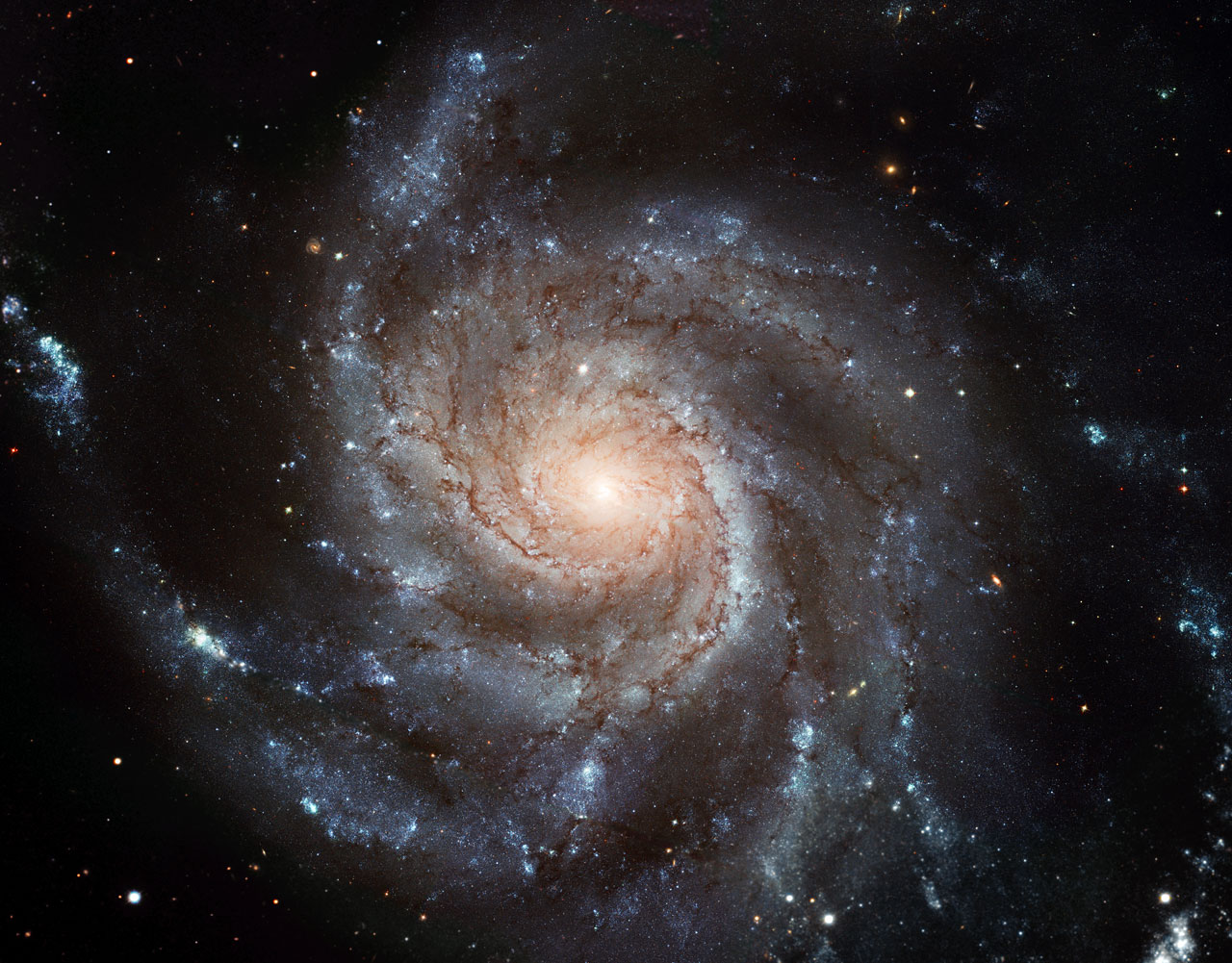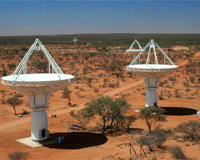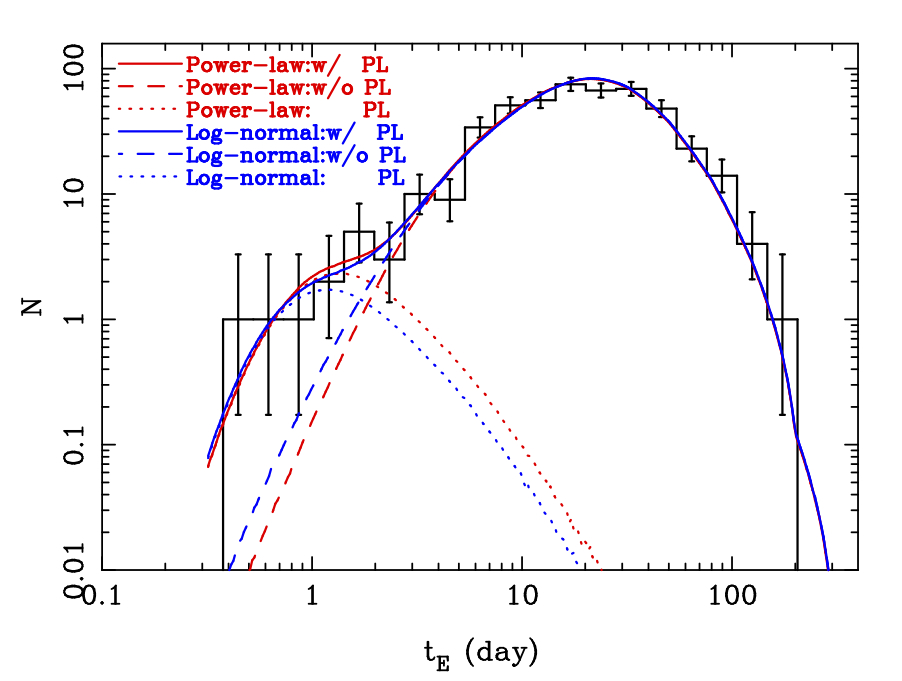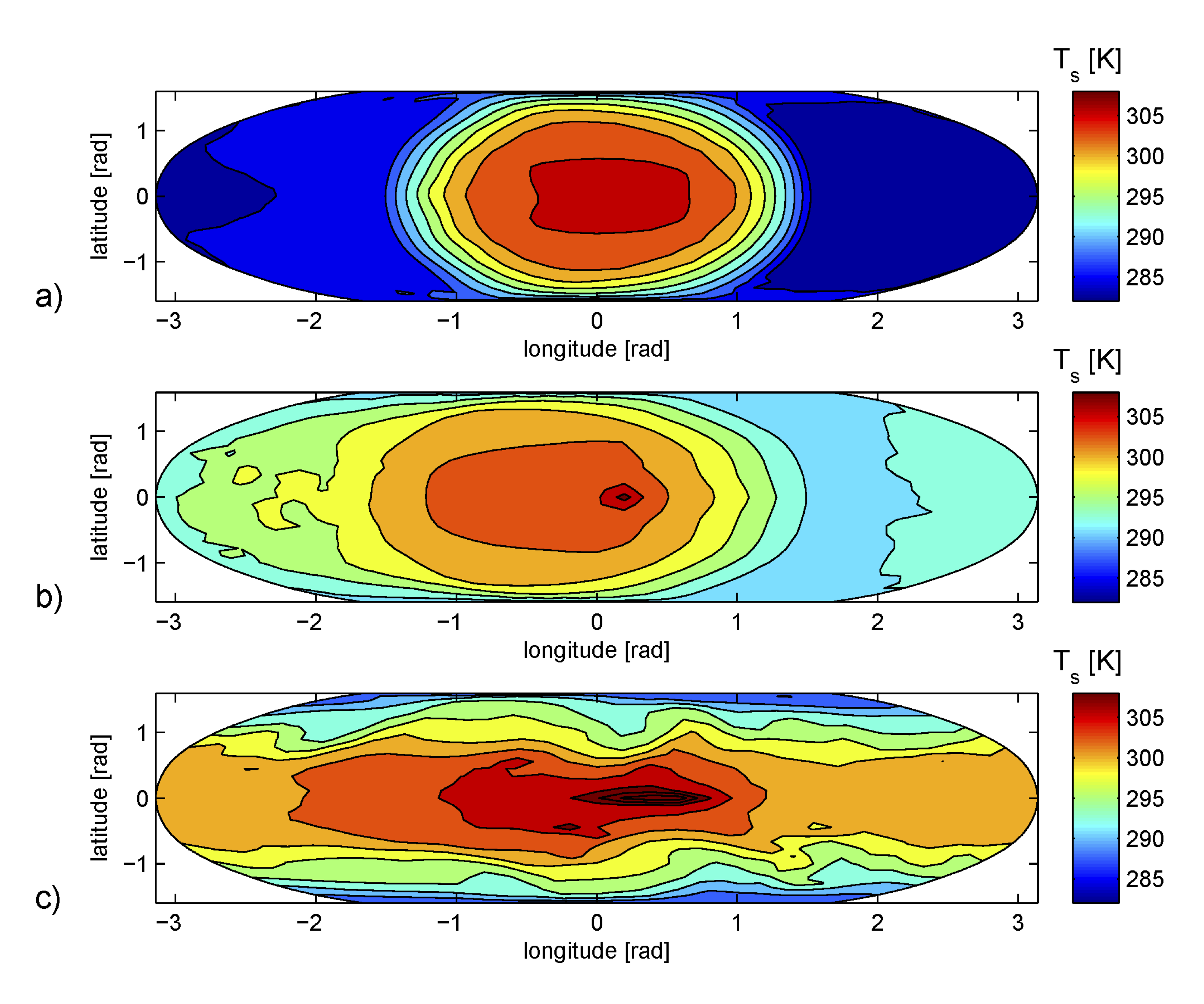
by Caroline Morley | Jul 14, 2011 | Daily Paper Summaries
Astronomers who specialize in galaxies and galaxy evolution have started to weigh in on habitability from a completely new perspective. Instead of trying to determine the zone around a star where an orbiting planet could sustain life, they are modeling the zones within the galaxy where planets that harbor complex life would be most likely to form. They dub this zone the Galactic Habitable Zone, or GHZ.

by Caroline Morley | Jun 21, 2011 | Daily Paper Summaries
EMU will contribute to many different areas of astrophysics from stars to galaxies to cosmology; it will find interesting objects that can be followed up with other observatories designed for deep observations such as ALMA. ASKAP will also provide an excellent testbed for the new phased array detector technology expected to be used in the Square Kilometre Array in the next decade.

by Caroline Morley | Jun 7, 2011 | Daily Paper Summaries
Improving stellar astrophysical measurements will help us to better characterize exoplanets. The interferometric observational techniques applied here allow scientists to precisely measure the stellar parameters (including star’s radius) of a nearby system with exoplanets, including a transiting super-Earth.

by Caroline Morley | May 24, 2011 | Daily Paper Summaries
A gravitational microlensing survey finds that there is a large population of planets unbound or far from a star. In fact, the authors of this paper find that there are ~1-3 times as many Jupiter-mass planets at least 10 AU from a main sequence star as there are stars in the galaxy. These objects could either be cold, distant objects in solar systems, or, the authors suggest, they could be free-floating planets, possibly ejected from solar systems after formation.

by Caroline Morley | May 10, 2011 | Daily Paper Summaries
One of the important goals of exoplanet science is to discover habitable planets that have the necessary conditions for life to form and thrive. Such planets will exist within the ‘habitable zone’ of a star. In this paper, the authors present Global Circulation Models which suggest that Gliese 581d could be in the habitable zone if it has a thick carbon dioxide-rich atmosphere.





